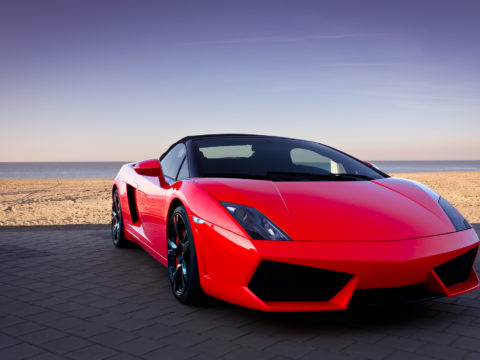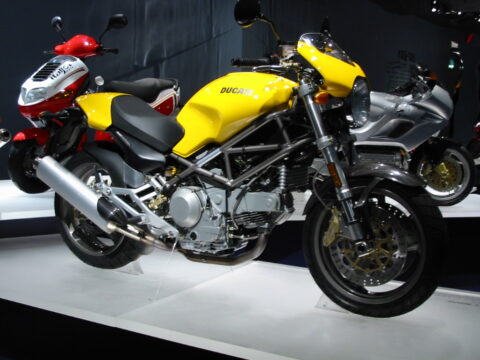There’s something timeless about the rumble of a classic V8 engine, a sound that evokes power and performance like no other. These engines, found in some of the most iconic cars ever built, helped define an era where speed and style were paramount. From muscle cars that ruled the drag strips to luxurious cruisers with serious horsepower under the hood, the V8 became the engine of choice for enthusiasts who craved power and presence on the road.
These cars weren’t just about going fast – they represented engineering excellence and bold design. Each one brought its character through the sheer muscle of a Plymouth Barracuda or the refined strength of a Ford Thunderbird. The influence of these legendary V8-powered cars continues to be felt today, reminding us of a time when the open road was dominated by the roar of engines built for greatness.
Contents
Ford Thunderbird (1955-1957)
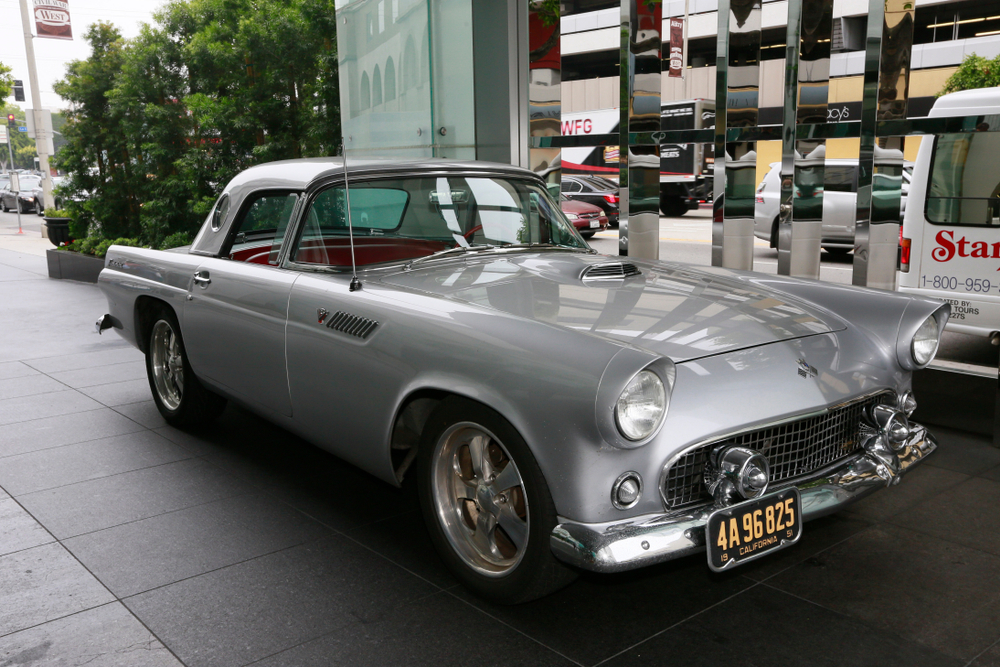
The first-generation Ford Thunderbird made a significant mark in the automotive world as a personal luxury car, but its 292 cubic inch V8 engine is what truly gave it an edge. This V8 packed up to 245 horsepower, providing impressive power for its time. The Thunderbird’s smooth acceleration and robust performance helped set it apart as a desirable blend of luxury and performance. Its V8 engine gave it the strength to compete with sports cars while maintaining an air of refinement, making it an American icon.
Plymouth Barracuda (1964-1974)

The Plymouth Barracuda was famed for its aggressive design and potent V8 engines. Equipped with engines like the 426 HEMI V8, the Barracuda delivered monstrous power, transforming it into a feared muscle car on the streets and racetracks alike. With the 440 cubic inch V8 under its hood in later years, it offered staggering performance numbers, pushing it into legendary status among muscle car enthusiasts. The Barracuda’s V8s played a crucial role in shaping its reputation for sheer speed and raw power.
Oldsmobile 442 (1964-1971)

The Oldsmobile 442, originally named for its 4-barrel carburetor, 4-speed manual transmission, and dual exhaust, became a symbol of muscle car dominance in the 1960s. Its 455 cubic inch V8 engine produced over 360 horsepower, with massive torque that made it a force on the drag strip. The V8 not only provided serious performance but also created the thunderous roar that made the 442 unforgettable. This combination of brute power and engineering finesse made the Oldsmobile 442 a classic muscle car.
Pontiac Firebird Trans Am (1969-1973)

The Pontiac Firebird Trans Am became synonymous with high performance, thanks in part to its robust V8 engines. In particular, the 455 Super Duty V8 produced up to 310 horsepower, which delivered blistering acceleration and a distinctive exhaust note. The Trans Am’s powerful V8 engine helped it dominate the road and racing circuits, further cementing its place in automotive lore. With its performance-oriented suspension and iconic design, the Firebird Trans Am captured the essence of American muscle.
Ford Fairlane (1955-1970)

The Ford Fairlane’s longevity and success were largely fueled by its powerful V8 engines, especially the Thunderbolt model with its 427 cubic inch V8 that churned out around 425 horsepower. This mid-size car became a performance legend, particularly in drag racing, where its V8 engine and lightweight design allowed for blazing speeds. The Fairlane’s V8 performance turned it into a benchmark for Ford’s future muscle cars, making it a classic powerhouse.
Ford Mustang GT (1965-1970)

The Ford Mustang GT made a lasting impact on the muscle car world with its potent small-block V8 engines. The GT’s 289 and later 302 cubic inch V8 engines produced up to 306 horsepower, providing the lightweight Mustang with thrilling acceleration and top-end speed. This power, combined with the Mustang’s nimble handling, made it a favorite on both the street and the racetrack. The Mustang GT’s V8 performance remains a defining feature of its lasting legacy.
Dodge Charger R/T (1968-1970)
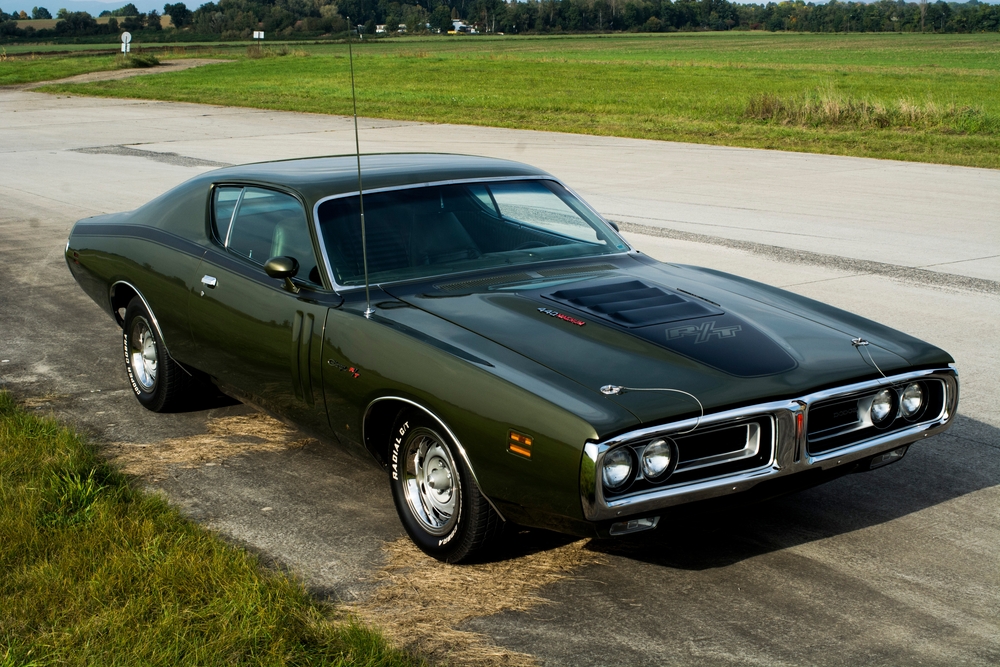
The Dodge Charger R/T is one of the most iconic muscle cars ever built, largely thanks to its monstrous 440 cubic inch Magnum V8. Producing 375 horsepower and an astonishing amount of torque, the Charger R/T became synonymous with straight-line speed and raw power. Its V8 engine made it a legend in drag racing and popular culture, with memorable appearances in films like Bullitt and The Fast and the Furious. The Charger’s V8 defined the muscle car era.
Chevrolet Camaro SS (1967-1969)
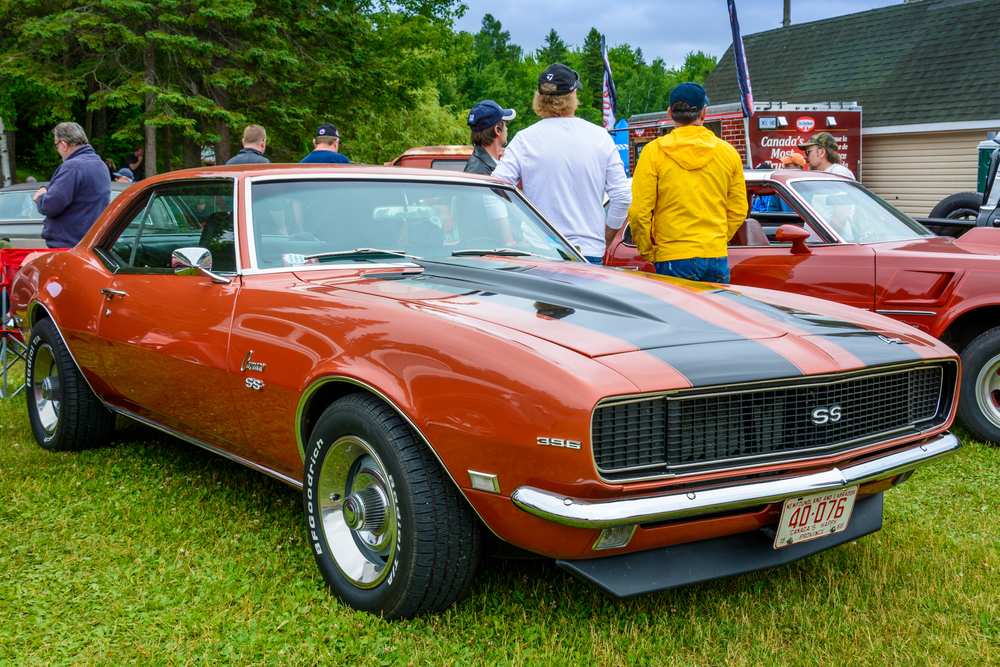
The Chevrolet Camaro SS, equipped with a range of powerful V8 engines, including the legendary 396 cubic inch big-block, was a muscle car designed for high performance. Producing up to 375 horsepower, the V8 engines gave the Camaro SS superior acceleration and a deep, resonant exhaust note that turned heads. Its combination of aggressive styling and raw power made it a serious competitor against the Ford Mustang, securing its place as an icon of American performance cars.
Chevrolet Corvette (C1-C3 generations)
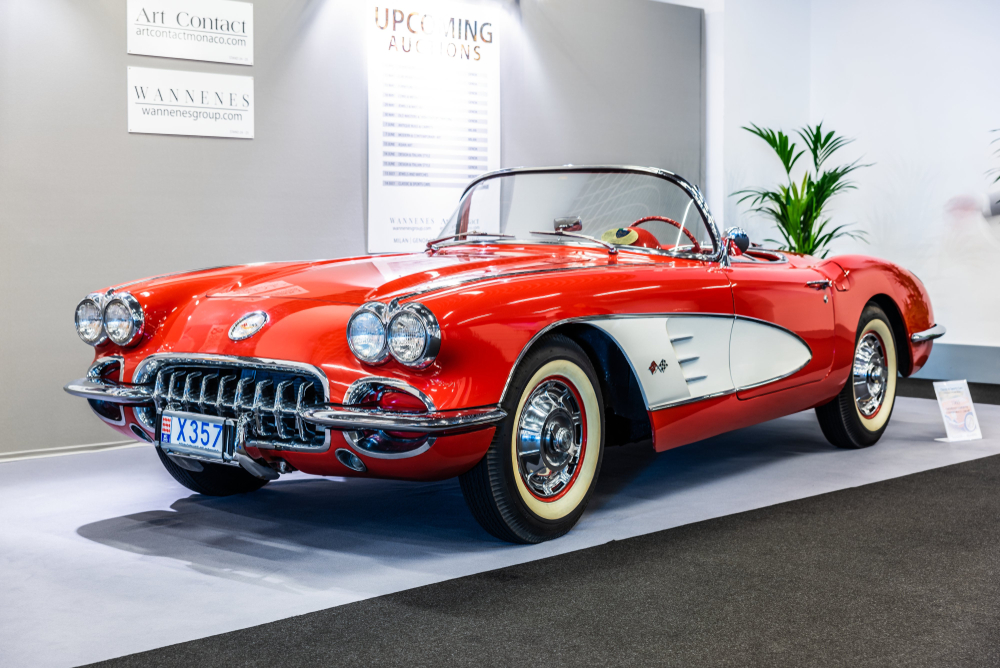
The Chevrolet Corvette from the C1 to the C3 generations built its reputation as “America’s sports car” with the help of its powerful V8 engines. In the C2 and C3 generations, the Corvette was powered by the legendary 427 cubic inch V8, which could produce up to 435 horsepower. The combination of lightweight design and V8 muscle gave the Corvette astonishing performance, both in terms of acceleration and top speed and helped make it a revered sports car around the world.
Pontiac GTO (1964-1974)
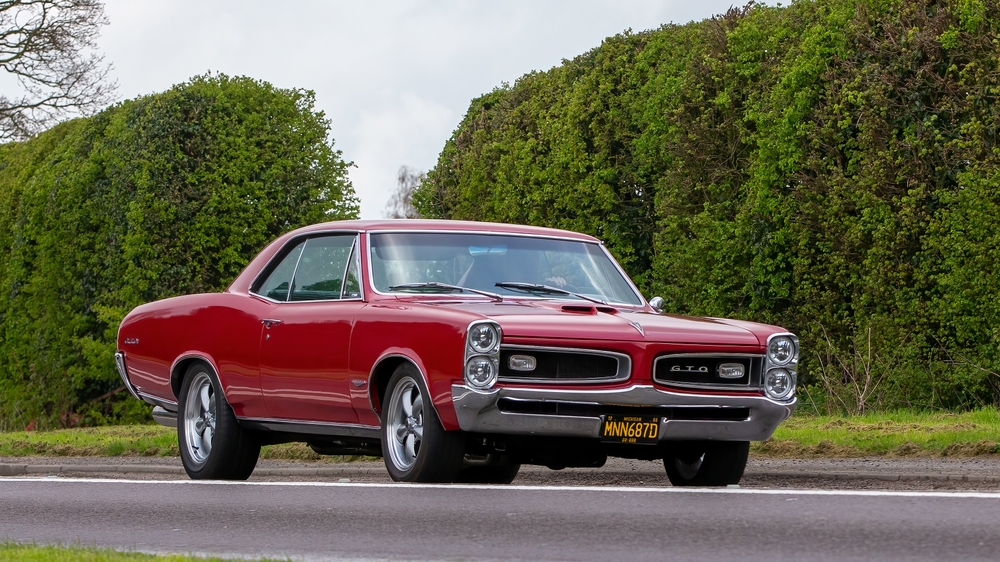
The Pontiac GTO is often considered the first true muscle car, and its success is attributed to its powerful V8 engines. The 389 cubic inch V8, available in early models, delivered up to 360 horsepower, while the 455 cubic inch V8 in later years offered even more torque and power. The GTO’s V8 engine transformed it into a street racing legend, and it became a symbol of American muscle car culture in the 1960s and 1970s.
Shelby Cobra 427 (1965)

The Shelby Cobra 427 is renowned for its brutal acceleration and lightweight design, made possible by its 427 cubic inch Ford V8 engine. Producing an incredible 485 horsepower, the V8 gave the Cobra mind-blowing speed for its size. The marriage of British chassis design and American V8 power created a car that was nearly unbeatable on the track, and it remains one of the most sought-after performance cars in automotive history.
Dodge Challenger R/T (1970)

The 1970 Dodge Challenger R/T made an unforgettable mark with its range of powerful V8 engines, including the mighty 426 HEMI V8, which generated up to 425 horsepower. This engine made the Challenger R/T a true force in the muscle car wars, delivering outstanding straight-line speed and immense torque. The raw performance and aggressive styling of the Challenger R/T, paired with the legendary V8, solidified its place as a muscle car icon. Its performance is still revered today, making it a sought-after classic.
Buick GSX (1970)
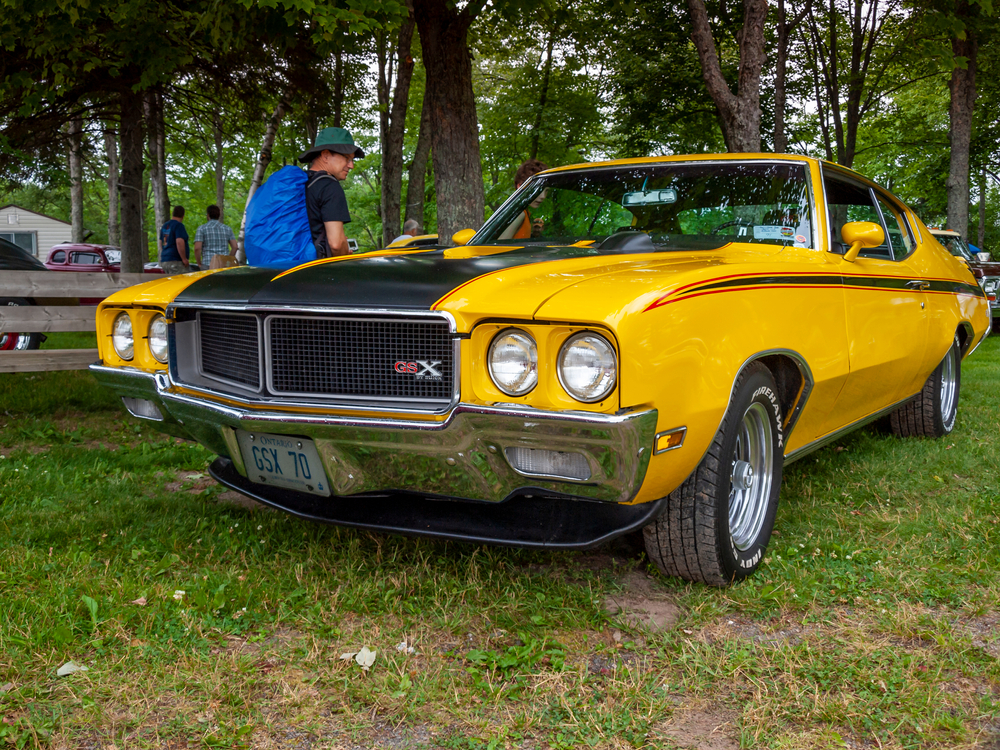
The Buick GSX took the concept of luxury muscle to new heights, thanks to its potent 455 cubic inch V8 engine, which produced an impressive 360 horsepower and 510 lb-ft of torque. Despite being a larger and heavier car, the GSX’s V8 engine gave it serious street performance, particularly in quarter-mile drag races. Buick’s signature refinement combined with raw V8 power gave the GSX a unique edge over other muscle cars of the era, making it a legendary name in the muscle car community.
Chevrolet Chevelle SS 454 (1970)
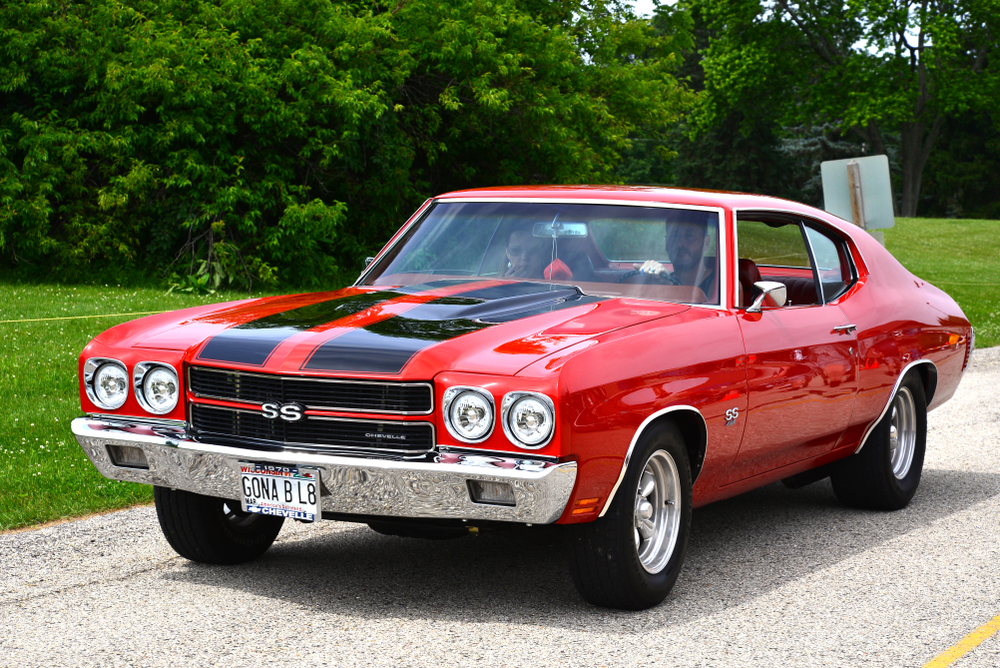
The Chevrolet Chevelle SS 454 is remembered for its LS6 version, which boasted a monstrous 454 cubic inch V8 engine delivering up to 450 horsepower. It was one of the most powerful production cars of its time, making it a dominant force on both the street and the drag strip. The Chevelle SS 454’s engine provided not just power but also a deep, rumbling exhaust note that became synonymous with American muscle. Its potent V8 and classic styling make it one of the most coveted muscle cars today.
Plymouth Road Runner (1968-1970)

The Plymouth Road Runner became famous for its focus on raw performance, and its 426 HEMI V8 engine played a huge role in its success. Producing 425 horsepower, the HEMI engine made the Road Runner a ferocious competitor on the drag strip, earning it a reputation for speed and toughness. Despite its bare-bones interior, the Road Runner’s V8 performance made it highly desirable among muscle car enthusiasts who valued performance over luxury, solidifying its place in muscle car history.
AMC Javelin AMX (1968-1970)
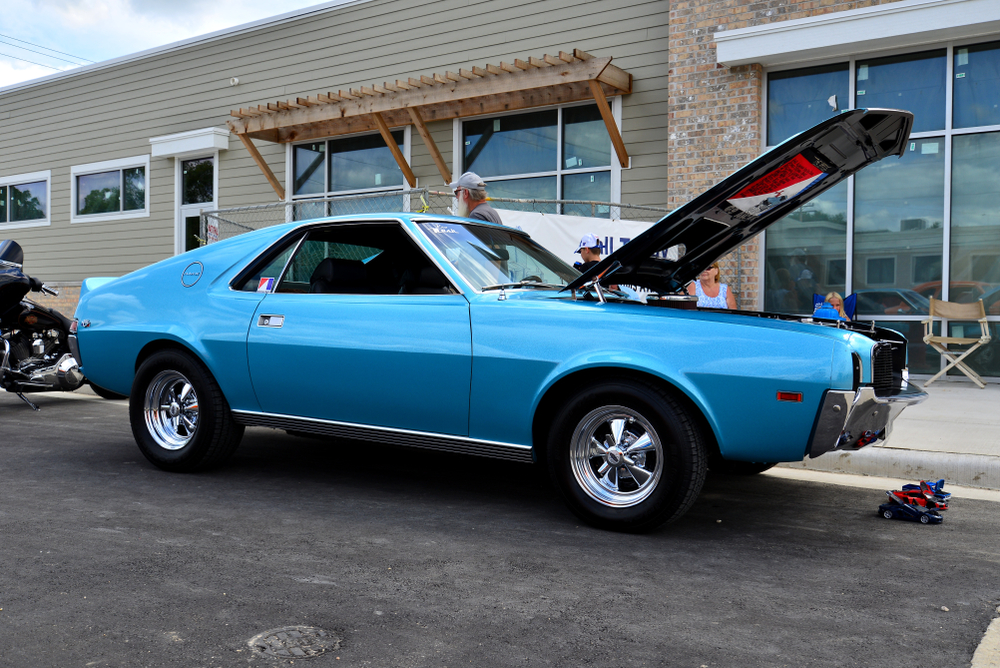
The AMC Javelin AMX combined sleek styling with a range of powerful V8 engine options, most notably the 390 cubic inch V8, which produced 315 horsepower. The Javelin AMX was AMC’s answer to the Mustang and Camaro, and its V8 engine gave it competitive power and performance. Known for its distinct styling and agility, the AMX’s V8 helped it achieve solid acceleration and a reputation as a formidable muscle car despite AMC’s smaller market presence.
Mercury Cougar XR7 (1967-1970)
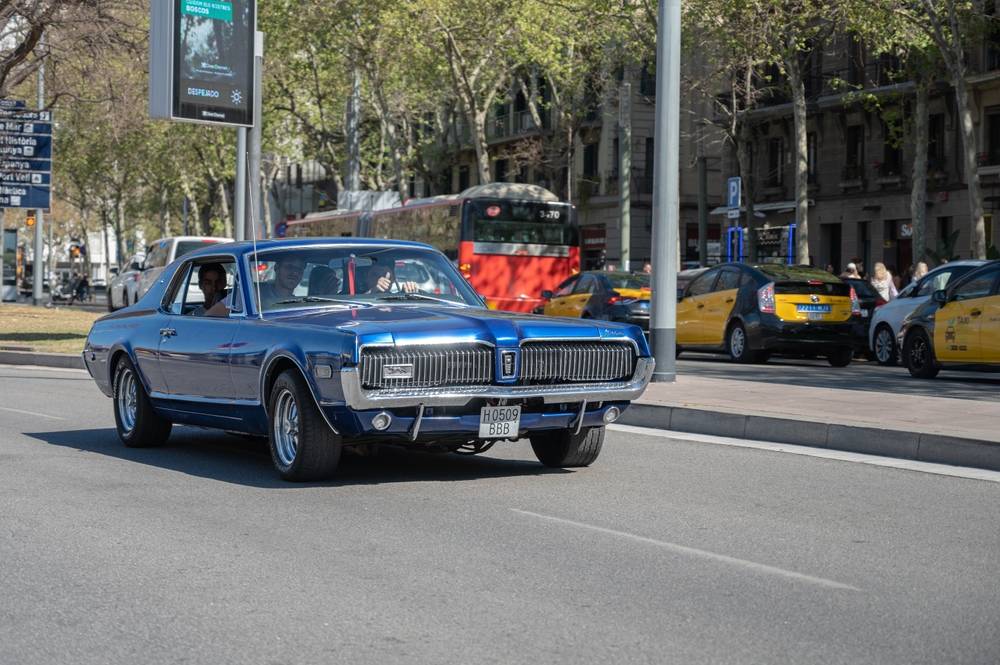
The Mercury Cougar XR7 was the luxury counterpart to the Ford Mustang, offering a balance of performance and refinement. Its available 390 cubic inch V8 engine gave it up to 320 horsepower, allowing it to keep pace with other muscle cars of the time. The Cougar’s V8 engine delivered smooth yet aggressive performance, while the car’s distinctive design and upscale features made it appealing to those who wanted muscle car power with a touch of elegance.
Lincoln Continental Mark III (1969-1971)
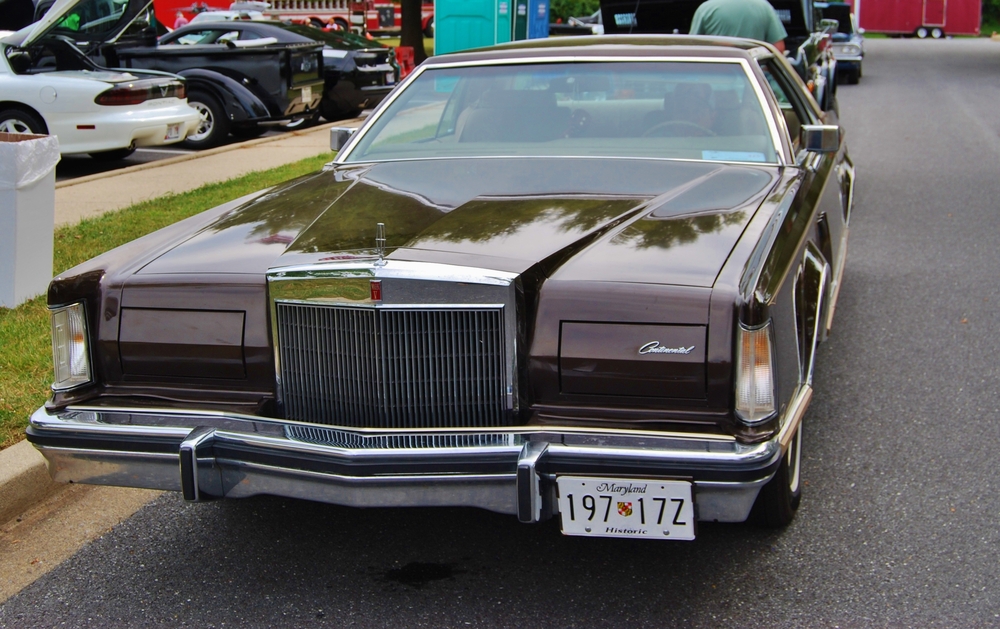
The Lincoln Continental Mark III brought luxury and performance together with its massive 460 cubic inch V8 engine, producing up to 365 horsepower. While it was a luxury vehicle at heart, the Mark III’s V8 power allowed it to perform impressively for its size, delivering smooth and effortless acceleration. This blend of luxury and V8 performance made the Mark III an icon of American automotive craftsmanship, representing the pinnacle of American luxury coupes in its era.
Plymouth GTX (1967-1971)
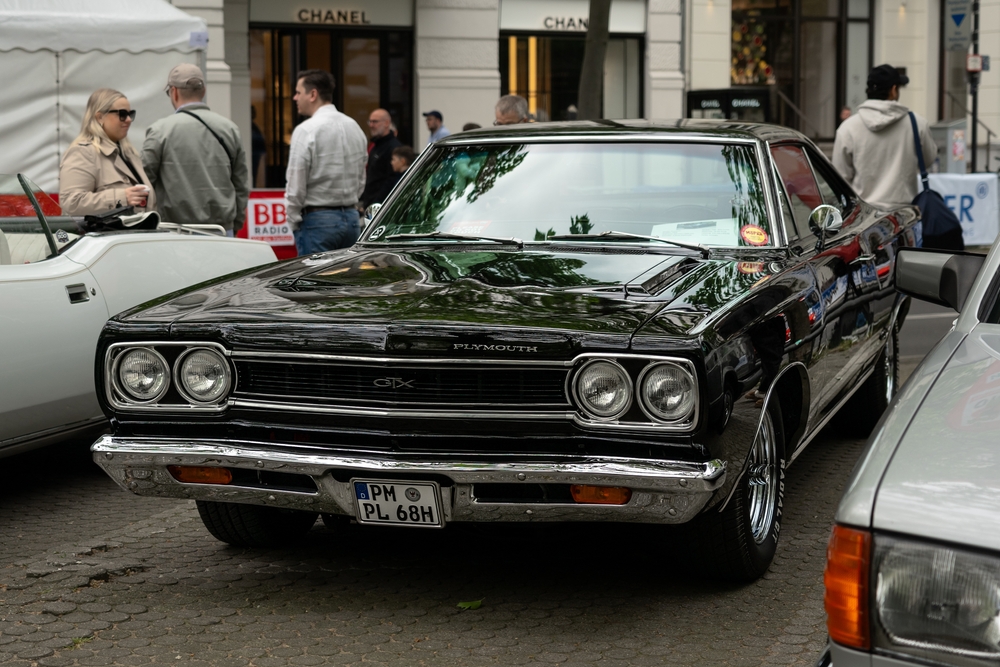
The Plymouth GTX was marketed as the “gentleman’s muscle car,” offering powerful V8 engines like the 440 Super Commando V8, which produced 375 horsepower. The GTX’s refined design combined with its V8 performance gave it an edge in both comfort and speed. The optional 426 HEMI V8 took performance even further, turning the GTX into a dragstrip contender. Its V8 power, along with its balance of luxury and muscle, earned it a place among the most revered muscle cars.
Ford Galaxie 500 (1963-1968)
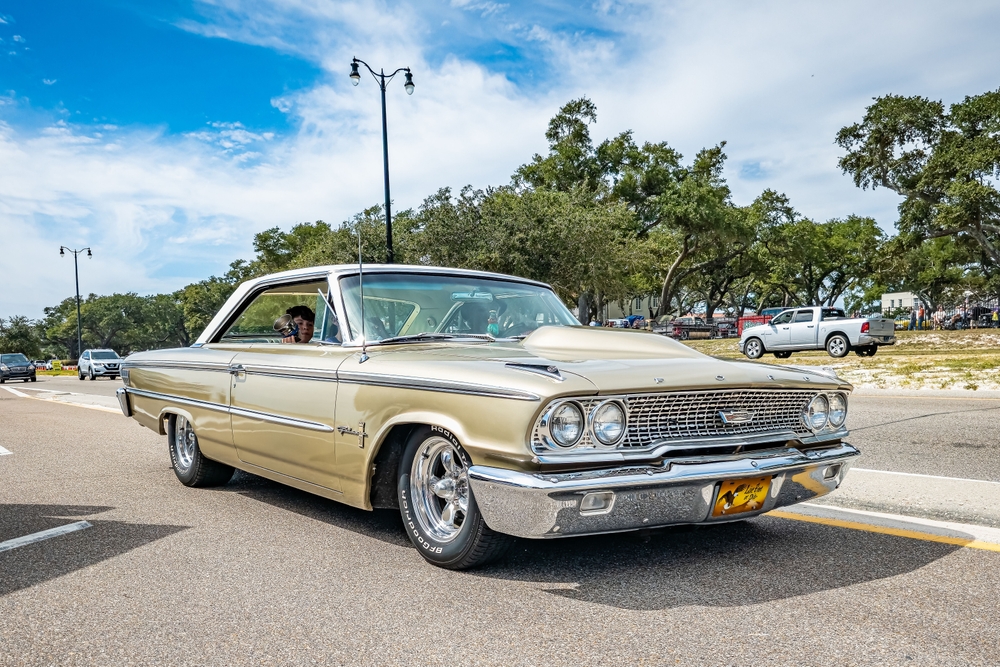
The Ford Galaxie 500 became famous for its NASCAR success, largely due to its powerful 427 cubic inch V8 engine, which could produce up to 425 horsepower. This engine allowed the Galaxie to dominate high-speed tracks, where it demonstrated its full potential. The Galaxie’s V8 performance also translated well to street performance, making it a popular choice for enthusiasts who wanted a full-sized car with serious muscle. Its success on the track and the street cemented its legendary status.
Pontiac Catalina 2+2 (1965-1967)
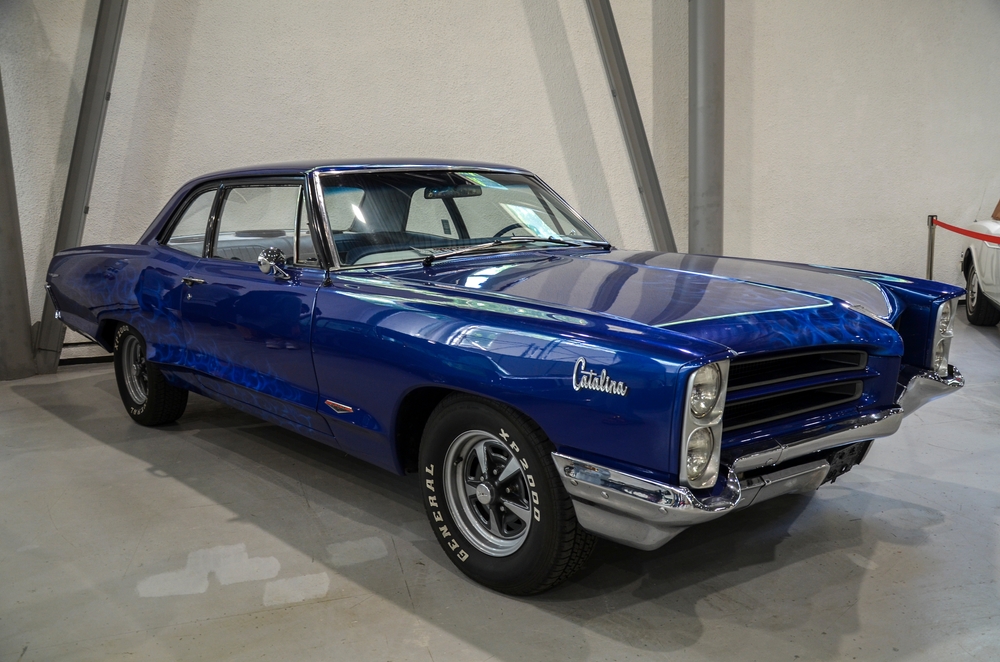
The Pontiac Catalina 2+2 was a full-sized car with the heart of a muscle car, thanks to its powerful V8 engines, including the 421 cubic inch V8 producing 376 horsepower. This engine gave the Catalina 2+2 serious straight-line speed, allowing it to compete with smaller muscle cars while offering more interior space and comfort. The 2+2’s combination of V8 muscle and luxury made it stand out among its competitors, earning it a devoted following among classic car enthusiasts.
This article originally appeared on MyCarMakesNoise.
More from MyCarMakesNoise
15 Performance Cars That Didn’t Deliver on the Track

Performance cars are often designed to dazzle with their impressive horsepower, cutting-edge technology, and sleek designs. On paper, these cars promise lightning-fast speeds and exhilarating performance that should dominate any racetrack. Read More.
10 Fuel Additives That Could Harm Your Engine

When it comes to keeping your engine running smoothly, fuel additives are often marketed as a quick fix to improve performance, enhance fuel efficiency, or clean the system. While some additives may offer benefits in specific situations, many can do more harm than good. Read More.
13 Vintage Cars That Still Run Smoothly After Decades

Vintage cars hold a unique charm that modern vehicles often can’t replicate. Beyond their classic designs and nostalgic appeal, many vintage cars were engineered to stand the test of time. Read More.



